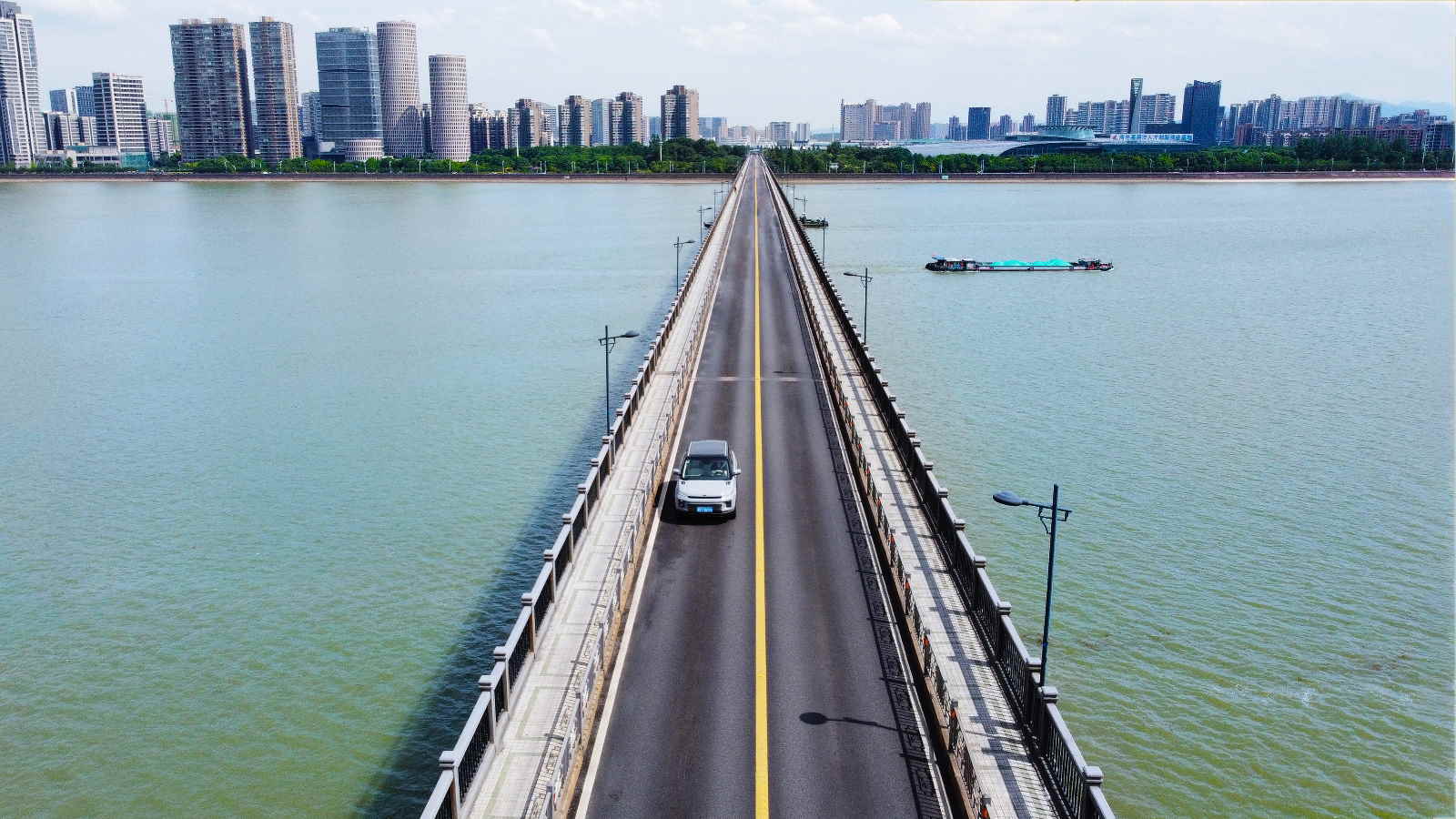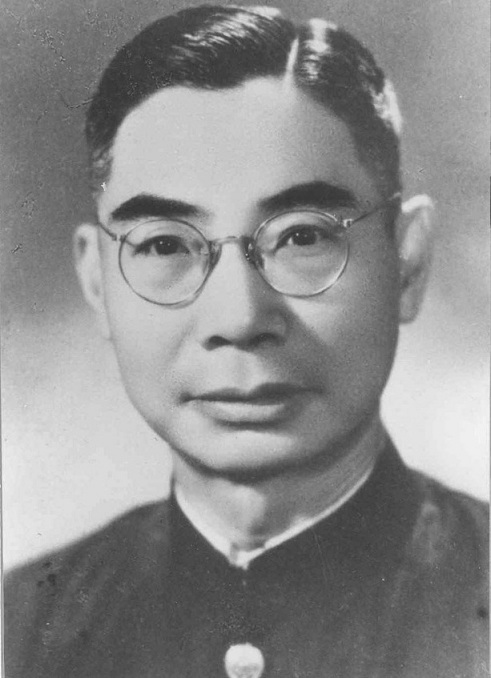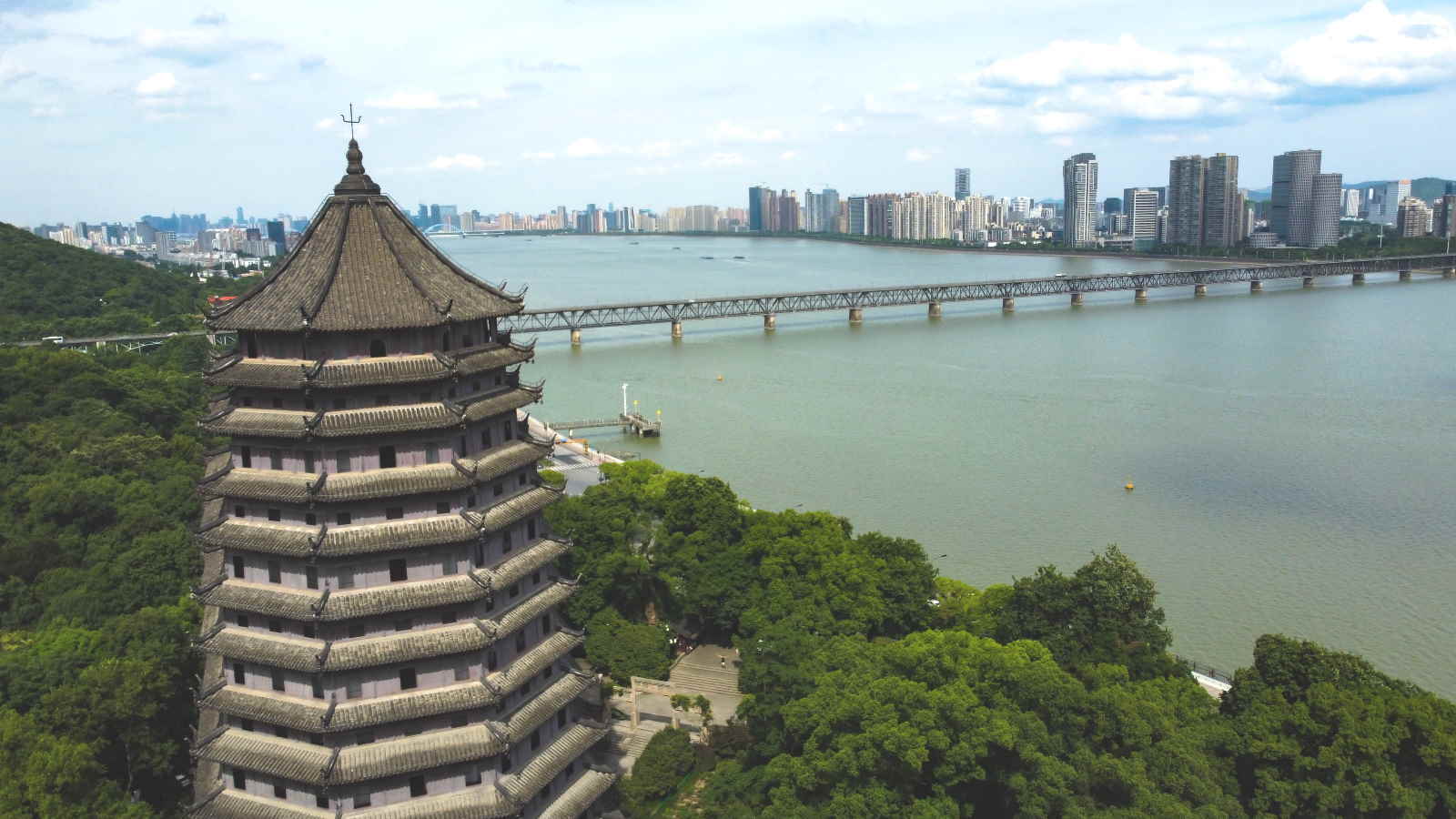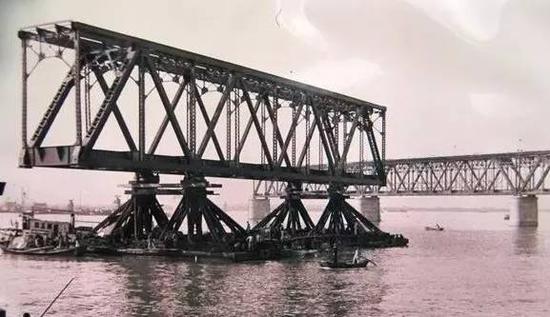Dr. Mao Yi Sheng played a crucial role in Chinese structural engineering. Today his bridges connect people throughout the country, including in Geely’s Headquarter city of Hangzhou, China.

Geely Auto’s ICON driving over the bridge.
Mao Yi Sheng was born at the tail end of the Qing Empire in the 19th century, a time of great national turmoil. His father was a newspaper publisher, whose work led the family to move to Nanjing, the capital of the country at the time. In Nanjing, the young Mao would undergo a new western-influenced education that focused on maths, science and arts rather than a more traditional Chinese classical education.

The man himself: Dr. Mao Yi Sheng
Mao had a fascination with bridges that came from witnessing an accident in his childhood years. At the age of 10, he went to watch a Dragon Boat Race in Nanjing that passed through the arches of the famed Wen De Bridge. Luckily for Mao, due to neck pain, he decided not to climb the bridge that was packed with people; the bridge would later collapse under the strain of the heaving crowd. After seeing the struggles of the rescue operation, he vowed to become among the best bridge builders in China. Witnessing that bridge failure would motivate him to study civil engineering and bridge development throughout his school life, as well as during his career.
By 1916 Mao had graduated from University with a bachelors in Civil Engineering. His life would be changed forever when he was accepted into America’s prestigious Cornell University where he earned his Master’s degree. Upon completion, he moved to Carnegie Mellon University where he became the first PhD student in the university’s history, his thesis focusing on the secondary stresses in bridge trusses – ideas which contributed heavily to bridge theory in the earlier party of the 1920s.
Upon his graduation, the now Dr. Mao returned to China as one of the few PhD holders in the country, during a time when someone with his skillset was in much demand. Dr. Mao’s thoughts would quickly push him to become one of the leading innovators in early 20th-century social circles, elevating him into government as well as educational positions, quickly becoming the director of bridge engineering for the entire Zhejiang province.

The Liu He Pagoda looks over the Qiantang River Bridge.
It was his time in Zhejiang which would leave the biggest mark on his resume, and his life. In 1933, the Zhejiang Government moved to create a new modern ‘double-decker’ truss structure bridge that would be used by both railway, passenger vehicles and foot traffic alike across a dual-layer structure. Dr. Mao was put in place as the lead engineer of the program, and begun to talk with global suppliers in Europe, who would help with this project across a fast-moving river with a large, sandy river bed and daily tidal bores – not to mention the multiple typhoons that would come each summer. It would be known as the Qiantang River Bridge (or the no.1 Bridge by those in the city).
Work began in 1934 and had to keep up with the rapid pace set down by the Shanghai Railway company who wished to connect Shanghai with the rest of Zhejiang province. Dr. Mao and his team found the most suitable point across the river, one of its narrowest points next to the centuries-old Liu He Pagoda which had for hundreds of years acted as a lighthouse for passing boats.
As work was continuing on the bridge, Japan had begun its invasion of China in 1937 and the bridge would often come under long-range reconnaissance inspection by the Japanese air force, often attempting to drop bombs on the unfinished work.With full-scale war looming between China and Japan, the bridge was completed in September 1937.

Construction of the bridge.
The war effort in the Shanghai region intensified, and with it so did the volume of railway carriages crossing the newly established bridge to support Chinese soldiers on the front line. Soon, Chinese troops began falling back to Hangzhou, and then across the Qiantang River to the southern side of Hangzhou. Dr. Mao was given no choice but to destroy the bridge he had just created as a means of slowing down the invading army. Dynamite charges were placed and the bridge was destroyed, but Dr. Mao vowed to return and restore the bridge to its glory once peace had been restored

Carnegie Technology commemorates its first PhD student.
The Japanese Imperial Army had the bridge partially repaired for railway crossing only in 1944 but it wouldn’t be until after the Japanese surrender in 1945 that Dr. Mao would return to his bridge and have it repaired again in 1948, only for retreating Nationalist Chinese forces to destroy the railway connection in 1949. In the early 1950s, the bridge was restored to its former glory with a major set of restoration.
Today, Mao Yi Sheng’s legacy lives on across the world. In 2006 his statue was unveiled in Carnegie Technology University, and of course his beloved Qiantang River Bridge in Hangzhou, home of Geely’s Headquarters, which survived the war and societal upheaval to help the people and logistics of the province of Zhejiang to this day.


